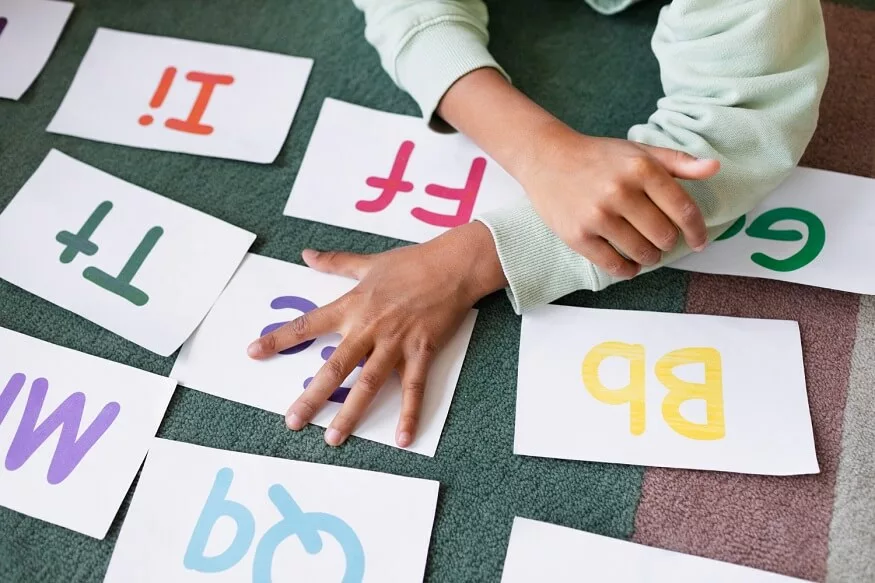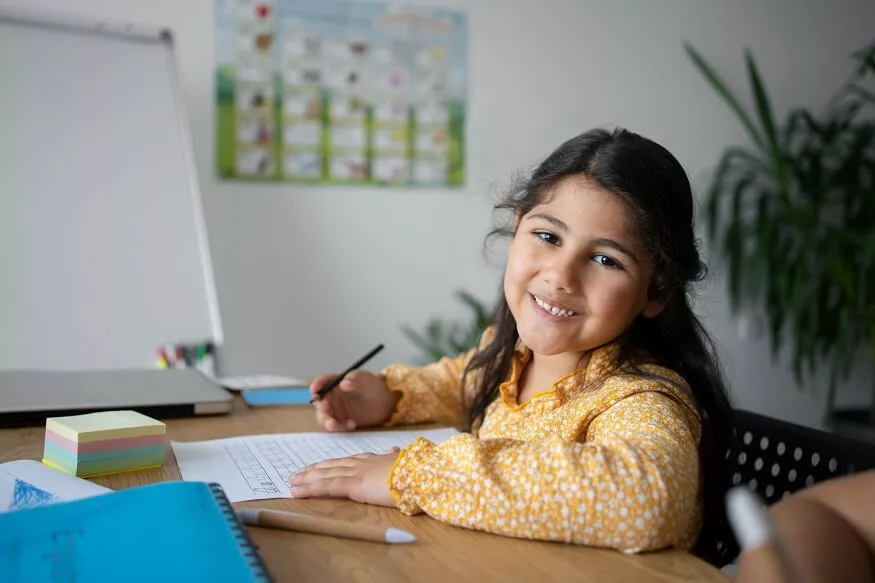Flashcards are a great learning tool that may help students memorise, actively recall, and reinforce vital knowledge across several topics. They are small, lightweight cards made of paper or accessible in electronic format. Two sides of each flashcard have a query and the right answer for the query on the other.
These adjustable educational tools are used frequently by students of every age, from kindergarten to university, and also in the workplace. Flashcards can help you learn words, historical incidents, ideas in science, arithmetic methods, foreign languages, and a lot more.
With advancements in technology, digital flashcard apps have become increasingly popular. These apps often incorporate spaced repetition algorithms, which present flashcards at optimal intervals to maximize retention. Today we are going to explore what flashcards are, how to make flashcards and its importance.
Also read : Understanding Different Learning Disabilities: Support and Resources
How to make flashcards for studying:
Using flashcards for studying is a highly effective technique that can enhance memorization, active recall, and overall understanding of various subjects. Here’s a comprehensive guide on how to make flashcards for studying and also how to use flashcards.
1. How to Make Flashcards:
Gather Study Material: Compile the information you want to study, such as vocabulary words, historical dates, scientific concepts, mathematical formulas, or language phrases.
Write Questions and Answers: Formulate clear and concise questions or prompts on one side of the flashcard and the corresponding answers on the other side.
Keep it Brief: Ensure that both the question and answer are brief and to the point to facilitate quick reviewing.
2. Utilize Active Recall:
Actively Engage: When studying with flashcards, actively try to recall the answer to the question on the front before flipping the card to check if your response is correct. This process of active recall strengthens memory retention and improves long-term learning.
3. Shuffle the Deck:
Randomize the Order: To prevent relying on the sequence of the flashcards, shuffle the deck regularly. This technique challenges your memory and ensures you truly know the material.
4. Organize Your Flashcards:
Use Categories or Subjects: Organize your flashcards into categories or subjects to focus on specific topics during study sessions.
Separate Learned Cards: Move flashcards with correct answers to a separate pile. Focus on the cards that need more reinforcement to optimize study time.
5. Visual Aids:
Add Visuals: For subjects like science or geography, include diagrams, maps, or images on the flashcards to aid understanding and visualization.
6. Audio Support:
Record Audio Cues: For language learning, record pronunciation or phrases on the flashcards to engage auditory learning.
7. Embrace Technology:
Explore Flashcard Apps: Digital flashcard apps like Anki, Quizlet, or Brainscape offer spaced repetition algorithms and interactive features, making studying more engaging and efficient.
Also read : Understanding Dyslexia: Challenges in Reading and Language Skills
8. Group Study Sessions:
Quiz with Peers: Engage in group study sessions where you quiz each other using flashcards. Teaching others reinforces your own understanding while providing support to your peers.
9. Integrate with Other Study Methods:
Combine with Textbooks and Notes: Use flashcards to complement your study materials, reinforcing key points and concepts.
Incorporate Active Learning: Pair flashcards with other active learning techniques like summarizing, teaching, or self-quizzing.
10. Regular Review:
Make Flashcards a Part of Your Daily Routine: Regularly review flashcards to ensure continuous reinforcement of the material.
Schedule Review Sessions: Create a review schedule, revisiting flashcards at strategic intervals to solidify memory retention.
Also read : Dealing with Hyperactive Kids
11. Set Study Goals:
Establish Daily or Weekly Goals: Set specific study goals, such as reviewing a certain number of flashcards each day or mastering a specific set of concepts within a week.
12. Monitor Progress:
Track Your Performance: Keep track of how well you answer each flashcard to gauge your progress and focus on weak areas.
13. Stay Positive and Persistent:
Embrace Mistakes: Don’t be discouraged by mistakes. Errors in answering flashcards can provide valuable feedback and guide further studying.
Stay Consistent: Make flashcards a regular part of your study routine, and don’t give up if some concepts are challenging. Consistent practice will yield improvements over time.
By following these steps, students can understand how to use flashcards and their effective methods to improve educational performance.
Importance of flashcards for students:
Studying using flashcards offers several important benefits that can significantly enhance the learning process and improve academic performance. Here are some key reasons highlighting the importance of using flashcards for studying:
1. Active Learning:
Flashcards promote active learning by engaging students in the process of actively recalling information. When students attempt to answer the question on the front of the flashcard before checking the answer on the back, they reinforce their memory and understanding of the material.
2. Enhanced Memory Retention:
The process of active recall, repetition, and spaced repetition used with flashcards helps reinforce memory retention. Regularly reviewing flashcards at strategic intervals aids in transferring information from short-term to long-term memory, leading to better recall in the future.
3. Efficient and Time-Saving:
Flashcards allow for efficient and targeted study sessions. Students can focus on specific topics, vocabulary, or formulas that require reinforcement, optimising their study time and making the most of short study breaks or spare moments.
4. Versatility and Adaptability:
Flashcards can be used for various subjects and topics, making them a versatile tool for different courses and levels of education.
5. Portability and Convenience:
Physical flashcards are portable and can be carried anywhere, allowing students to study on the go.
6. Personalised Learning:
Flashcards can be organised based on individual preferences, allowing students to prioritize challenging concepts and review weak areas more frequently. This personalized approach enhances comprehension and builds confidence in tackling difficult topics.
7. Interactive Study Sessions:
This interactive approach fosters a deeper understanding of the material while promoting teamwork and peer support.
8. Positive Reinforcement and Motivation:
As students successfully answer flashcards correctly, they experience a sense of achievement and motivation. This positive reinforcement boosts their confidence and enthusiasm for learning, making the study process more enjoyable.
9. Multisensory Learning:
Adding visuals and audio cues to flashcards enhances multisensory learning, helping students better connect with the material and improving retention. Visual aids and audio recordings make studying more engaging and memorable.
Also read : 25 Basic Etiquettes Every Child Should Learn
Conclusion:
Flashcards are a powerful tool that allows students to study better. Using flashcards for studying is a broad and effective method for highlighting memory retention, active recall, and general knowledge for many subjects. Use flashcards to unlock your learning potential and watch your academic performance skyrocket. Visit EuroSchool to learn more about the learning process.










